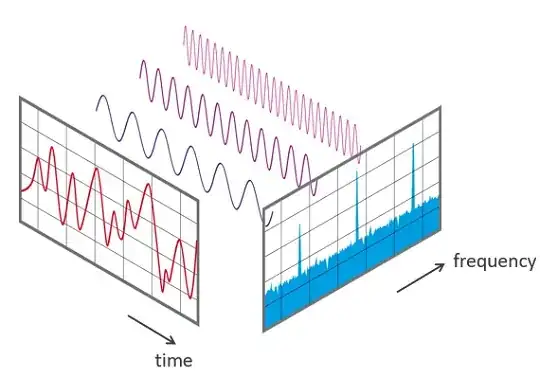I've been told this is how I should be preprocessing audio samples, but what information does this method actually give me? What are the alternatives, and why shouldn't I use them?
Asked
Active
Viewed 245 times
3
-
1OK, I just looked it up. https://ccrma.stanford.edu/~jos/sasp/Mathematical_Definition_STFT.html . . . it seems STFT includes a sliding window function. Probably you would implement STFT using FFT at a lower-level. I was just suspicious that something had been "lost in translation" with "Short-Time" having very similar meaning to "Fast" :-) – Neil Slater Oct 02 '18 at 16:11
1 Answers
2
Fourier transform is used to transform audio data to get more information (features).
For example, raw audio data usually represented by a one-dimensional array, x[n], which has a length n (number of samples). x[i] is an amplitude value of the i-th sample point.
Using the Fourier transform, your audio data will be represented as a two-dimensional array. Now, x[i] is a not a single value of amplitude, but a list of frequencies which compose original value at the i-th frame (a frame consists of a few samples).
See the image below (from wikipedia), the red graph is an original value of n samples before transformed, and the blue graph is a transformed value of one frame.
malioboro
- 2,729
- 3
- 20
- 46
